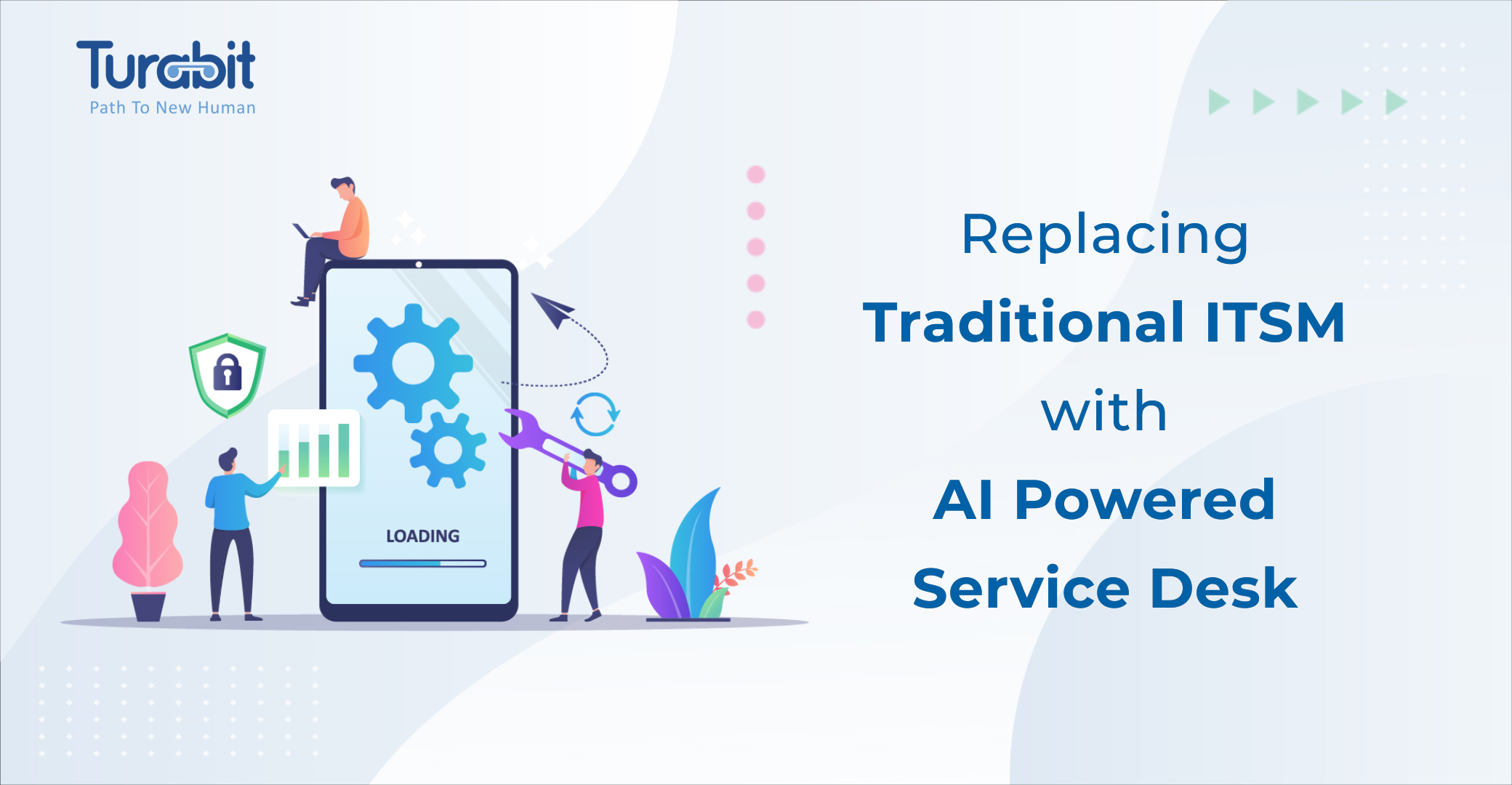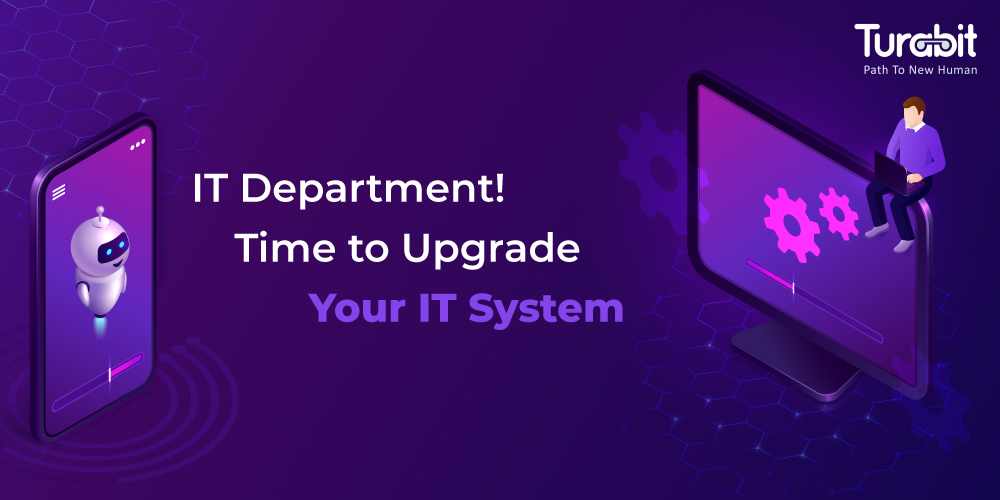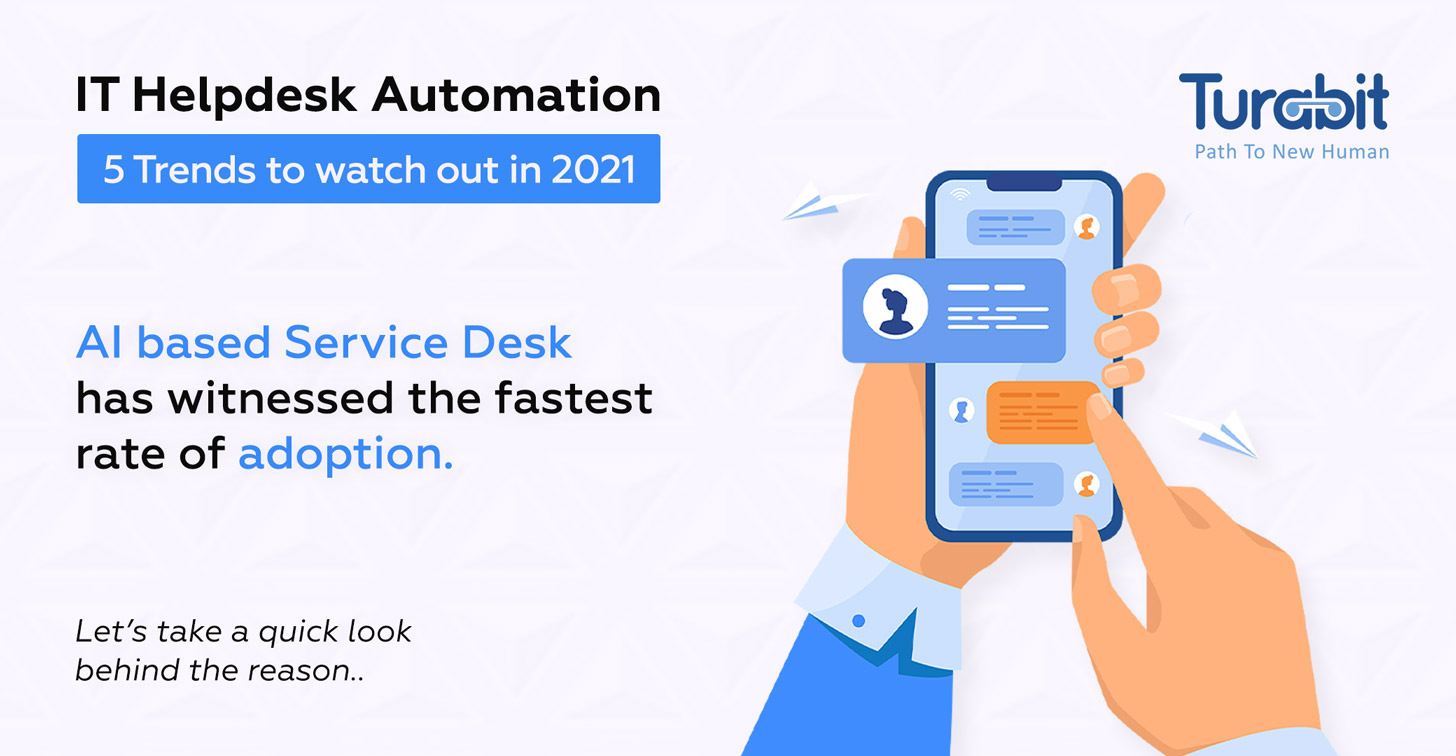Replacing Traditional ITSM with AI-Powered Service Desk
When it comes to advanced technologies that are disrupting life and living all over the globe, AI or Artificial Intelligence certainly tops the chart. The fascinating aspect of this technology is that it isn’t just limited to a service extended to customers but has slowly interwoven into routine business operations. CIOs invest in AI-powered tools and platforms to improve their performance and infrastructure up-gradation. The technology finds vast utilization in different tasks, ranging from task allocation, workforce automation, and customer interaction.
Now, let’s look at the numbers: According to Gartner, the deployment of AI-based solutions has increased from 10% to 37% in four years. This number has reached triple number in just one year. These figures are a huge boost, further convincing thought leaders to integrate AI tools in their line of business operations. Eventually, it leads to integrating AI-powered chatbots in ITSM, making it human-centric.
But what exactly is ITSM, and is your organization has ITSM? Before going ahead with AI in ITSM, let’s answer these vital questions.
Introducing ITSM or IT System Management.
A specific domain with the target of streamlining all IT processes, and improving transparency, while deploying advanced functionalities, ITSM concentrates on enhancing the complete, end-to-end customer experience. According to a survey by 491, around 90% of enterprises have deployed ITSM in one form. If an ITSM gives an enterprise the capability to standardize workflows and efficient IT services management, what’s the need for an advanced platform? What is the lack of augmenting an ITSM with AI?
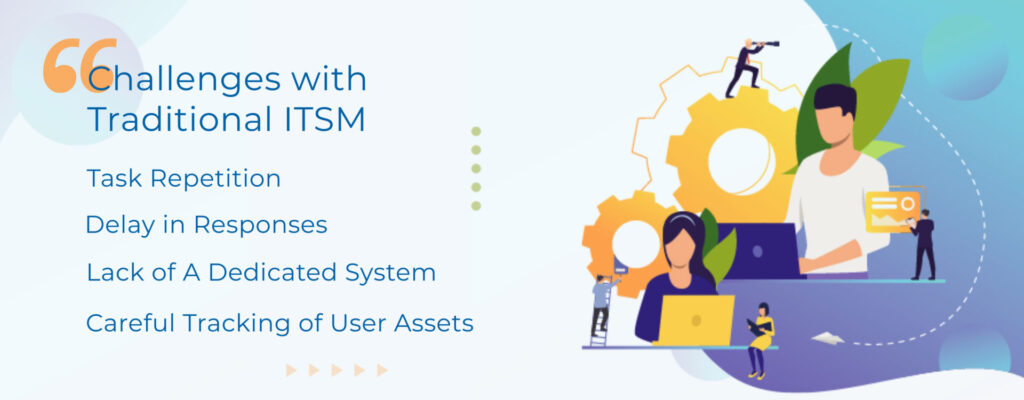
Challenges with Traditional ITSM
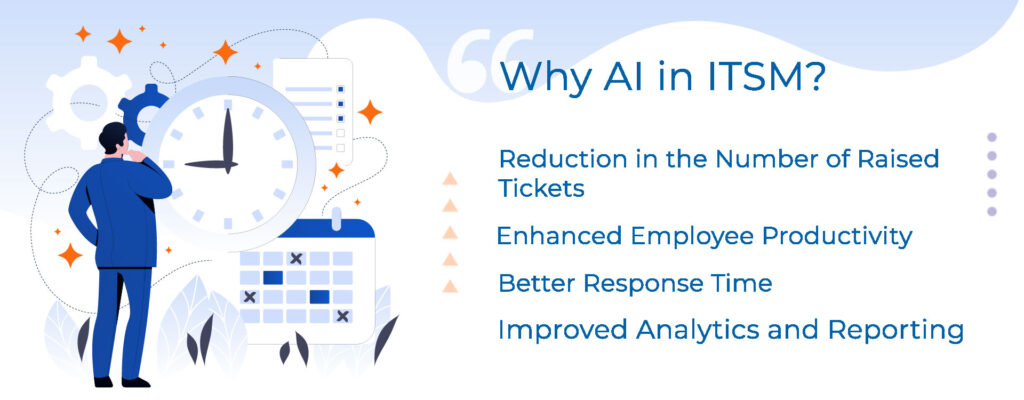
Why AI in ITSM?
With all these challenges, it is the time when IT leaders start focusing on the reconfiguration of the service management strategies. There requires a road map that has the best practices of ITSM as the foundation and is flexible enough to meet the changing industry trends. The introduction of automation is the only way to improve ITSM. In other words, integrating artificial intelligence will cover all loopholes of the traditional ITSM.
According to a report by Business Insider, 80% of businesses have readily deployed chatbots for their business operations. This showcases that industry leaders are well aware of the technology and its benefits and are making all efforts to get their business operations in sync with these technologies. Talking about ITSM, leveraging AI technology can help enterprises provide unparalleled customer service while caring for employee creativity. For organizations that are yet to adopt AI, it is high time to start acting as competition is savage, and one needs to boost up the game.


